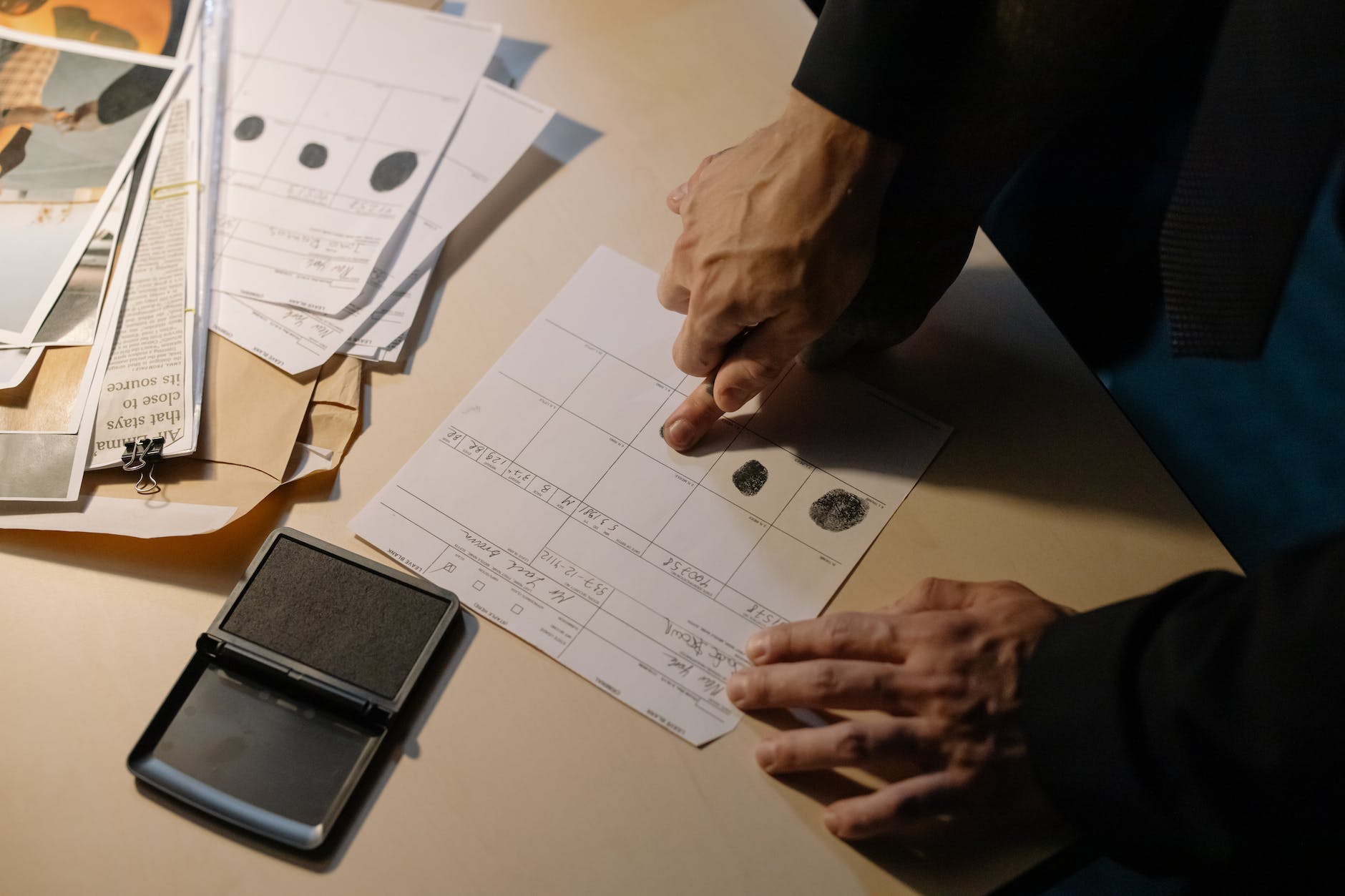A.F.I.S. (Automated Fingerprint Identification System) is a sophisticated database and software solution that expedites fingerprint analysis and identification by comparing submitted fingerprints with a vast database of known fingerprints.
Automated Fingerprint Identification System (A.F.I.S.): Enhancing Fingerprint Analysis
The Automated Fingerprint Identification System (A.F.I.S.) is a pivotal tool in the field of forensic science, specifically in the domain of fingerprint analysis and identification. This sophisticated system plays a crucial role in expediting and enhancing the process of matching and identifying individuals based on their unique fingerprint patterns.
Understanding A.F.I.S.:
A.F.I.S. stands for Automated Fingerprint Identification System, and it serves as a state-of-the-art database and software solution for storing, retrieving, and comparing fingerprint data. Fingerprint analysis has long been fundamental to forensic investigations and law enforcement. Each individual possesses a unique set of ridge patterns on their fingertips, which make fingerprints an ideal biometric identifier.
Key Components and Functionality:
- Fingerprint Database: A.F.I.S. features a vast and centralized fingerprint database. It stores fingerprint images collected from various sources, including crime scenes, arrestees, and individuals applying for background checks or security clearances. The database is continually updated, making it an invaluable resource for forensic professionals and law enforcement agencies.
- Fingerprint Scanning: The system can capture fingerprint images from various sources, including rolled and plain impressions. This capability ensures compatibility with various fingerprint collection methods, allowing seamless integration into existing fingerprint identification processes.
- Matching Algorithms: A.F.I.S. is equipped with powerful matching algorithms that facilitate the comparison of a submitted fingerprint against the database. These algorithms analyze the minutiae points, ridge patterns, and other unique features within the fingerprint, enabling rapid and accurate matching.
- Search and Retrieval: Forensic professionals can submit a fingerprint sample to the system, which will quickly search the database for potential matches. This capability is particularly beneficial in criminal investigations, where latent prints found at a crime scene can be compared to known individuals in the database.
- Identification and Verification: A.F.I.S. can be used for both identification and verification purposes. In identification, it assists in determining an individual’s identity based on their fingerprint. Verification confirms whether the presented fingerprint matches the one associated with a known identity.
- Integration with Criminal Justice Systems: Many A.F.I.S. systems are integrated with broader criminal justice systems, allowing seamless sharing of fingerprint data among law enforcement agencies, correctional facilities, and other entities involved in public safety.
Forensic Significance:
The utilization of A.F.I.S. has revolutionized the field of fingerprint analysis and identification. It offers several significant advantages:
- Efficiency: A.F.I.S. dramatically expedites the process of comparing and identifying fingerprints, which is particularly crucial in time-sensitive criminal investigations.
- Accuracy: The system’s advanced algorithms enhance fingerprint-matching accuracy, reducing the risk of false identifications.
- Expansive Databases: A.F.I.S. databases can house millions of fingerprint records, allowing for comprehensive searches and identifications.
- Integration: Its seamless integration with existing criminal justice systems streamlines data sharing and cooperation among law enforcement agencies.
- Crime Solving: A.F.I.S. has played a pivotal role in solving cold cases, linking crime scenes to suspects, and exonerating innocent individuals.
In Summary:
The Automated Fingerprint Identification System (A.F.I.S.) is a groundbreaking tool in forensic science. It leverages advanced technology to expedite fingerprint analysis and identification, contributing significantly to resolving criminal cases and maintaining public safety.








